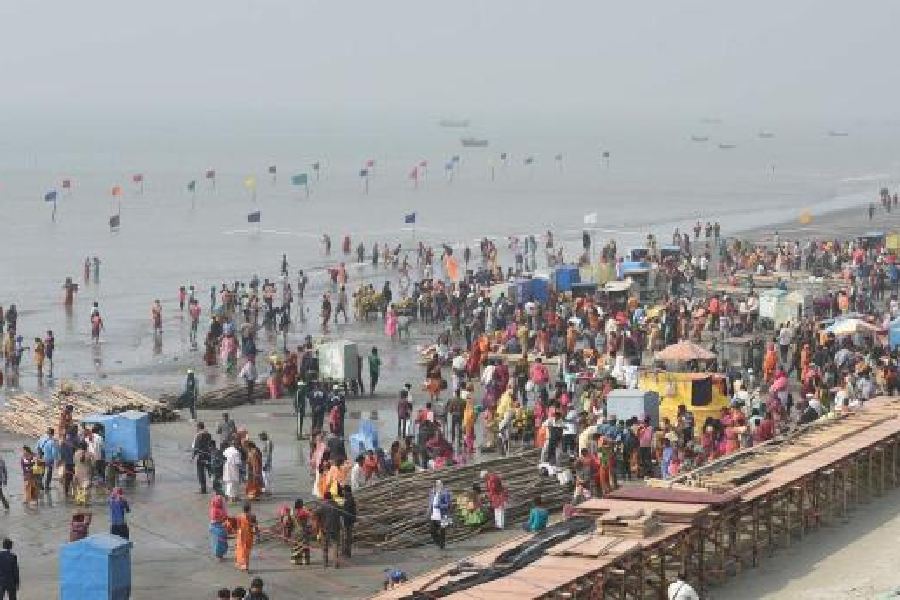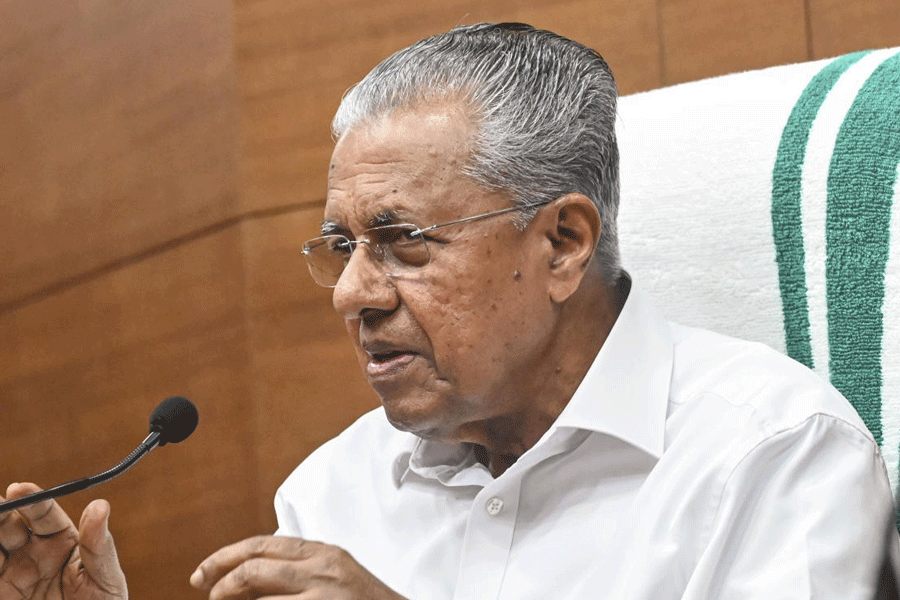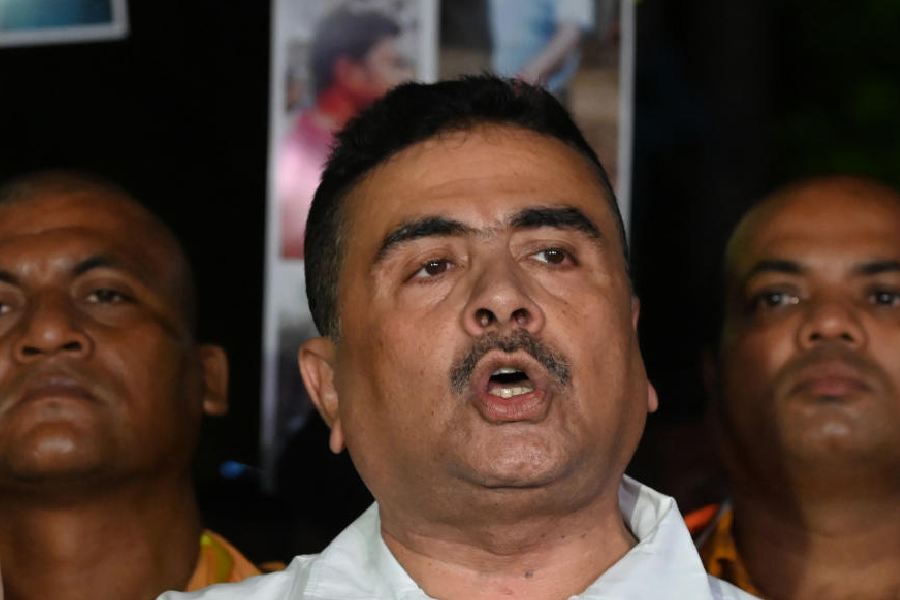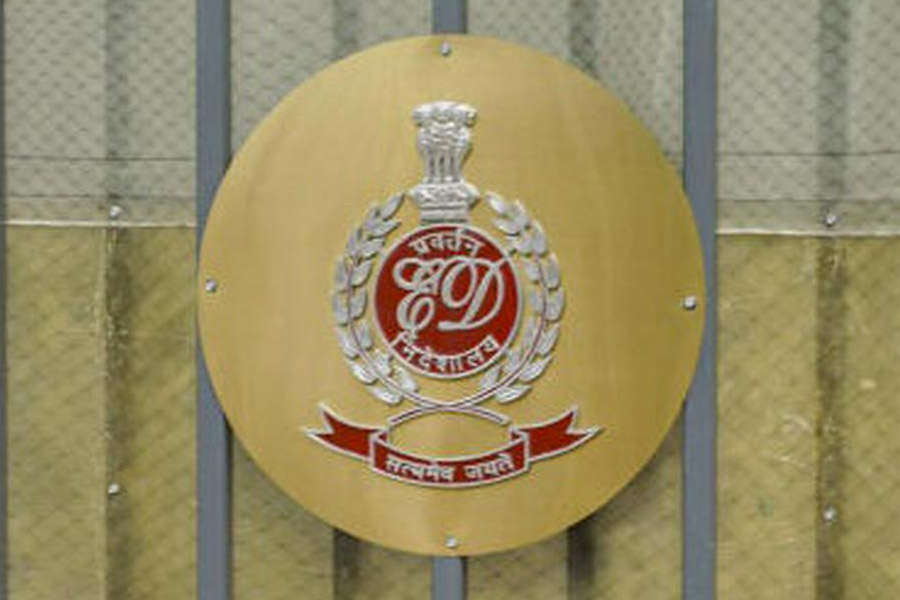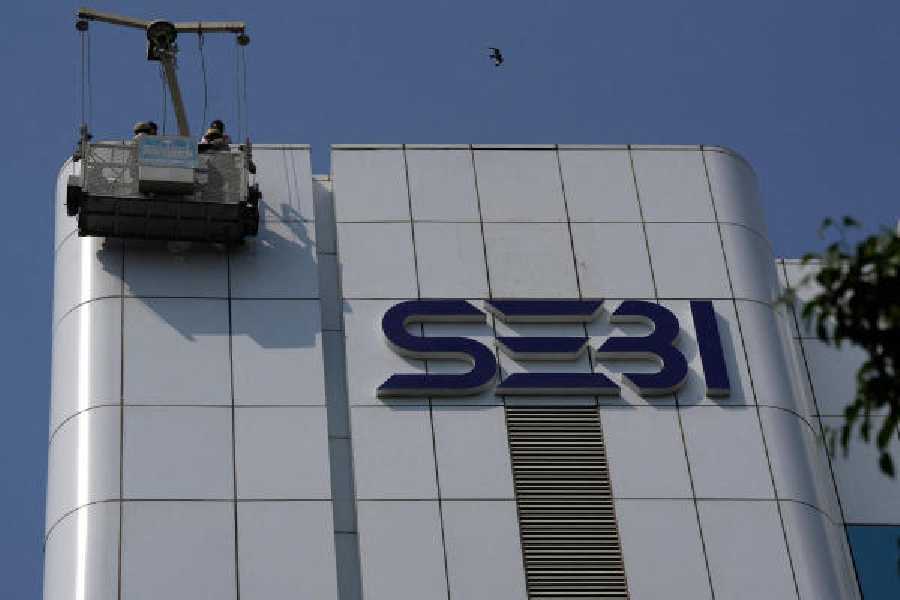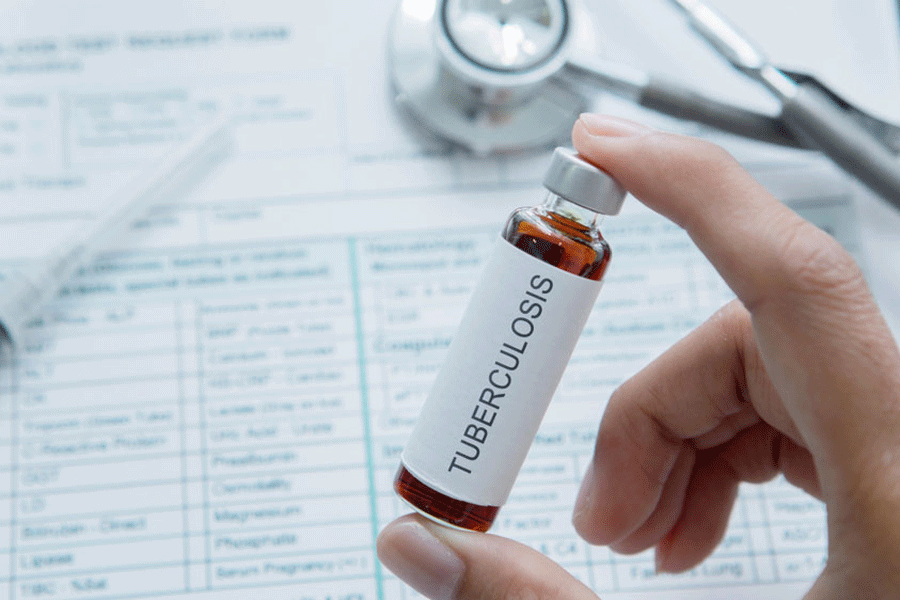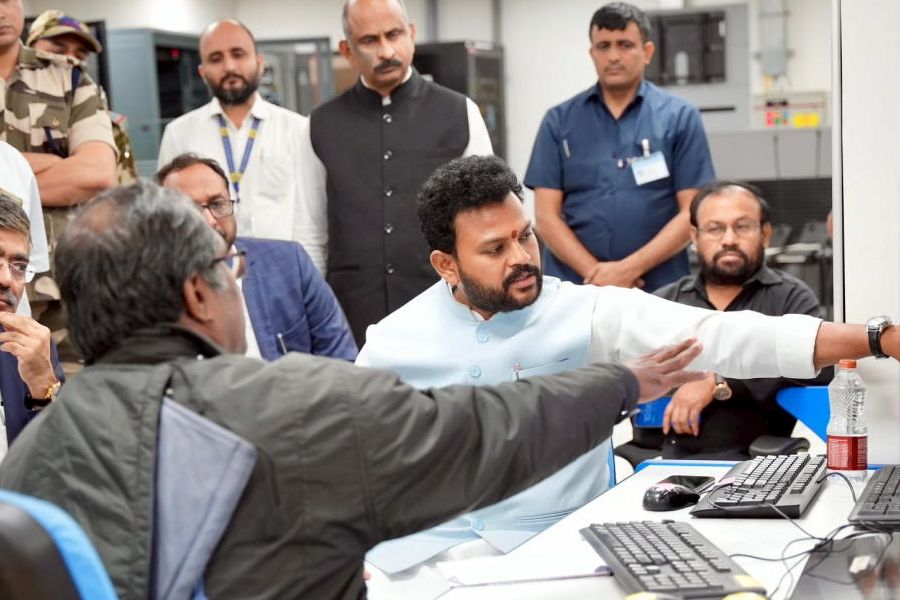A study by Padma Shri awardee Dr. Ajay Sonkar has claimed the Ganga’s self-cleaning mechanism eliminates bacteria 50 times faster than other rivers. While experts dispute this, the BJP and the Adityanath government has used the findings to assert the river remains germ-free despite 60 crore Maha Kumbh visitors in Prayagraj.
Dr. Sonkar’s research identified 1,100 distinct types of bacteriophages in the river, which he described as microscopic viruses acting as efficient natural purifiers.
These bacteriophages attach themselves to bacteria, replicate within the host, and ultimately cause the bacterial cell to rupture, releasing more bacteriophages. He describes this as a continuous cycle of purification.
“Bacteriophages infiltrate bacteria, hack their RNA, and ultimately destroy them,” explained Dr. Sonkar.
Dr. Sonkar also suggested that the participation of millions in the Maha Kumbh without widespread illness served as evidence of the Ganga’s self-cleansing properties.
“Six hundred million people have already taken a dip at Sangam,” he noted. “If the water was really as polluted as some said, wouldn’t there have been a massive outbreak of disease? Hospitals across India would have been full of patients. It would have been impossible to hide the outbreak. But people are not falling sick.”
Dr. Cyriac Abby Philips, popularly known as The Liver Doc, questioned Dr. Sonkar’s interpretation of bacteriophage levels.
“The presence of large numbers of bacteriophages is a measure of severe bacterial contamination from various sources including human excreta,” Dr. Philips said. “Sewage water contains very large amounts of bacteriophages. It doesn’t make it drinkable.”
On February 3, a Central Pollution Control Board (CPCB) report, submitted to the National Green Tribunal, had found elevated levels of fecal coliform in the river. The high levels of both bacteriophages and fecal coliforms appear to reinforce Dr. Philips’s assertion that bacteriophages serve as indicators of contamination rather than proof of purity.
“Bacteriophages are promising tools for the detection of fecal pollution in different environments, and particularly for viral pathogen risk assessment,” Dr. Philips said. “Bacteriophages are also viruses - they can also severely harm humans. Their presence in the water does not indicate better outcomes.”
Professor Vijay Nath Mishra from Banaras Hindu University spoke to the ANI Saturday and offered a nuanced perspective.
While acknowledging the presence of bacteriophages forming a “phage” to combat fecal coliforms, he stopped short of endorsing claims about the river being “completely germ-free” - a position that better aligns with both the CPCB’s findings and the broader scientific understanding of river ecosystems.
“Wherever there is a mass bath, faecal coliform increases. Any bacteria in river Ganga forms phage against the bacteria which kills the bacteria. When you touch Ganga water, then, the bacteriophage sticks to the hand, which remains there throughout life. Ganga river is the only river in the world which has quality to create bacteriophage. This is the reason that all the people who have bathed in Kumbh have not got any kind of infection,” he added.
A 2023 study titled “Antibiotic resistance in the Ganga River: Investigation of antibiotic resistant bacteria and antibiotic resistance genes, and public health risk assessment”, published in Journal of Environmental Chemical Engineering, further complicates Dr. Sonkar’s narrative.
Examining 16 sites from Gomukh to Diamond Harbour, researchers found significant presence of pathogenic bacteria, including antibiotic-resistant strains. And even if bacteriophages were present in high numbers, they weren’t fully eliminating harmful microbes - a finding that aligns with the standard scientific understanding of bacteriophages as indicators rather than purifiers.
The study is co-authored by Deepak Kumar Prasad, Rishabh Shukla, and Shaikh Ziauddin Ahammad from the Department of Biochemical Engineering and Biotechnology, Indian Institute of Technology (IIT) Delhi.
But BJP’s IT cell chief Amit Malviya called Sonkar’s study ‘groundbreaking’ research validating the Ganga’s sanctity. The Uttar Pradesh government has also endorsed Sonkar’s findings to criticise the CPCB report.
The state government Thursday issued a release, quoting Sonkar for debunking doubts about the purity of Ganga water at the Maha Kumbh after the CPCB report.
The release said that the Ganga water in UP’s Prayagraj was as pure “as alkaline water.”
The chief minister of UP, Adityanath, said the water at the Sangam was fit for both bathing and ritual drinking (aachman) Wednesday.
Many social media users celebrated Sonkar’s findings as validation of ancient knowledge, with comments like “Science finally proving what our ancestors knew,” others responded with skepticism.
While some others said, “Bacteriophages so strong they clean the data too,” and dubbed the microscopic viruses “Ganga’s Avengers vs. 60 crore germs.”

